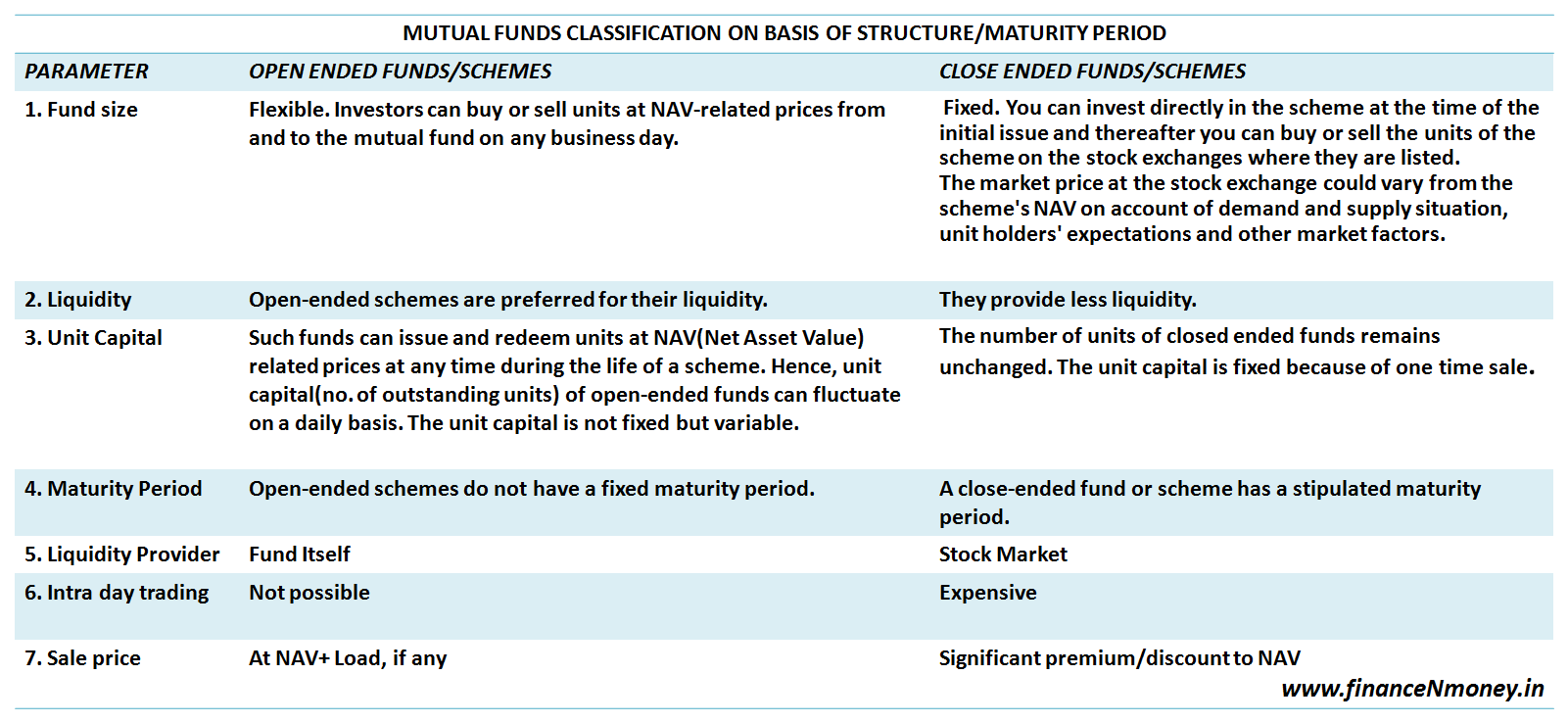Characteristics and Classes of Funds
Mutual funds are investment vehicles that pool money from various investors to purchase securities such as stocks, bonds, and other financial instruments. Mutual funds are classified based on their investment objectives, asset allocation, and risk profile. The two broad categories of mutual funds are equity funds and debt funds. Equity funds invest primarily in stocks, while debt funds invest in fixed income securities like bonds.
Equity funds are further classified into large-cap, mid-cap, and small-cap funds based on the market capitalization of the companies they invest in. Large-cap funds invest in companies with large market capitalization, while small-cap funds invest in companies with small market capitalization. Mid-cap funds invest in companies with market capitalization between large and small-cap companies. Equity funds are considered high-risk, high-return investments as the stock market is volatile and returns are not guaranteed.
Debt funds are classified based on the maturity profile of the underlying securities they invest in. Funds that invest in securities with a maturity of less than one year are called liquid funds. Short-term funds invest in securities with a maturity of one to three years, while medium-term funds invest in securities with a maturity of three to five years. Long-term funds invest in securities with a maturity of more than five years. Debt funds are considered lower-risk investments as they invest in fixed-income securities with regular coupon payments and a fixed maturity date.
Some of the traditional, distinguishing characteristics of mutual funds include the following.
- Investors purchase mutual fund shares from the fund itself (or through a broker for the fund) instead of from other investors on a secondary market, such as the National Stock Exchange or Bombay Stock Market.
- The price that investors pay for mutual fund shares is the fund’s per share net asset value (NAV) plus any shareholder fees that the fund imposes at the time of purchase (such as sales loads).
- Mutual fund shares are “redeemable.” This means that investors can sell their shares back to the fund (or to a broker acting for the fund).
- Mutual funds usually add and sell new shares to accommodate new investors. That is, they sell its shares on a continuous basis, although some funds stop selling when, for instance, they become too large.
- The investment portfolios of mutual funds typically are managed by separate entities known as “investment advisers” that are registered with the SEBI.
Investment in funds offer exposure to a number of different asset classes and sectors — including commodities, real estate, large cap or small cap equities, indices, debt securities, income trusts, mortgages and loans. These actively managed products often use leverage and derivatives to increase yield, reduce risk and protect capital.

Apply for Mutual Funds Analyst Certification Now!!
https://www.vskills.in/certification/mutual-funds-analyst

